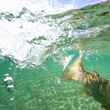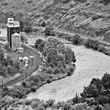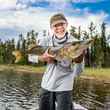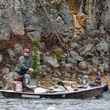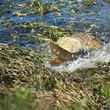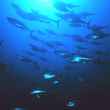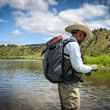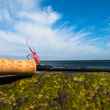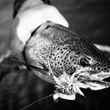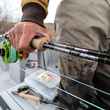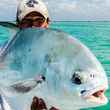There likely isn't an angler east of the Mississippi River that doesn't long for the days when wild Atlantic Salmon teemed in eastern waters ranging as far south as Long Island Sound and northward to Newfoundland and Quebec. Before the dams and pollution of the industrial revolution wiped out these formally abundant stocks of Atlantic Salmon, beginning in rivers such as the Connecticut, Merrimack, and Androscoggin, a tale of an angler in the northeastern US wetting a line and hooking up one of these prized fish wouldn't have been considered noteworthy. These days, however, it is quite the contrary. Given such, you can imagine the surprise of New York City resident Pierre Champion when he did just that just over one week ago.
Champion, a dedicated fly fisherman, paddleboarder and kayaker who religiously plies the urban waters of New York City in search of striped bass and other expected species, was searching some submerged structure off City Island in the Bronx, when he encountered a most unexpected quarry. On Champion's second exploratory cast, he hooked up a fish that he immediately noted did not fight like a striped bass or bluefish, species that he would have expected to encounter this time of year in the western reaches of Long Island Sound. Suspecting a weakfish, Champion reeled the fish in after a relatively short fight to discover a trout like fish that was hooked through the gills and bleeding badly.





